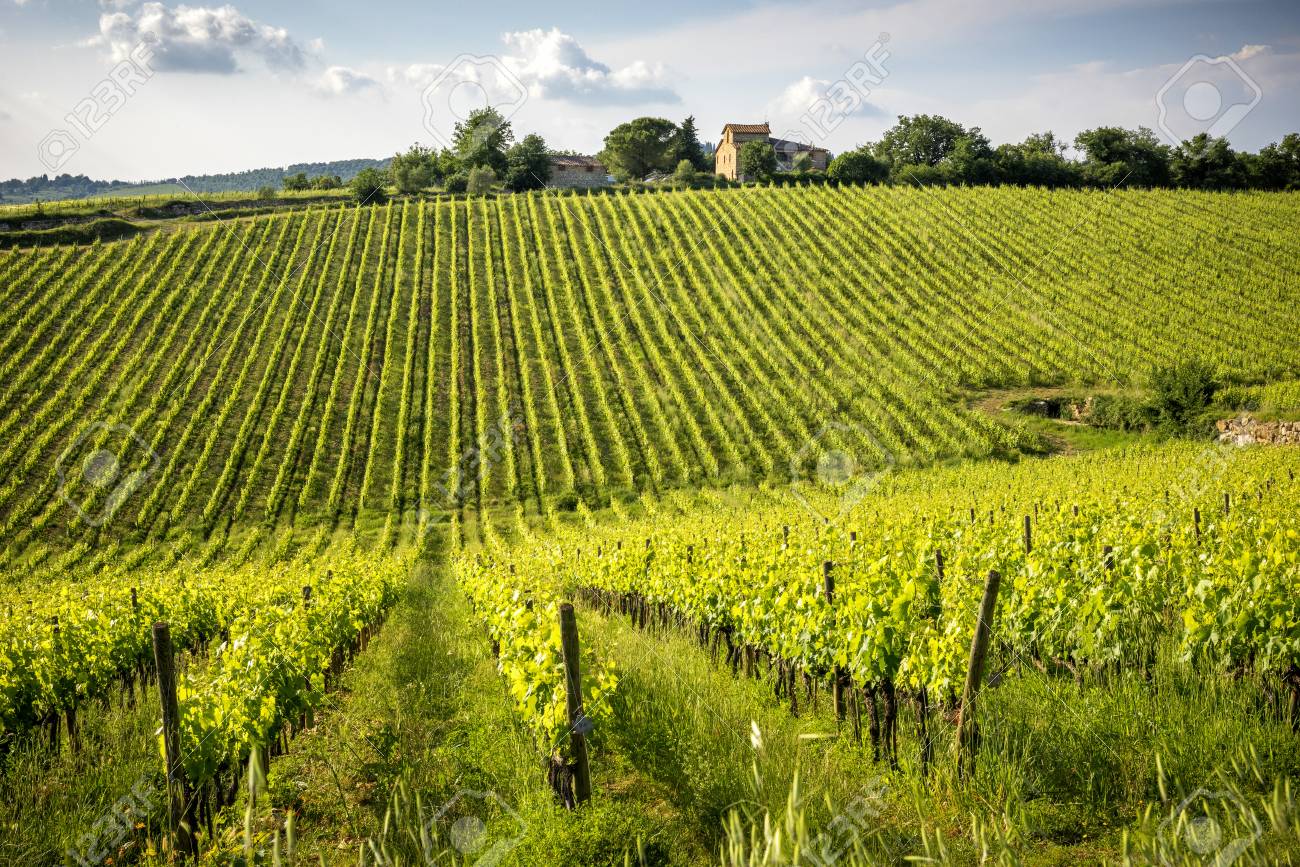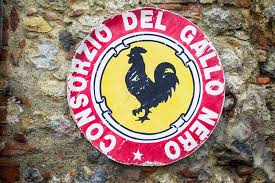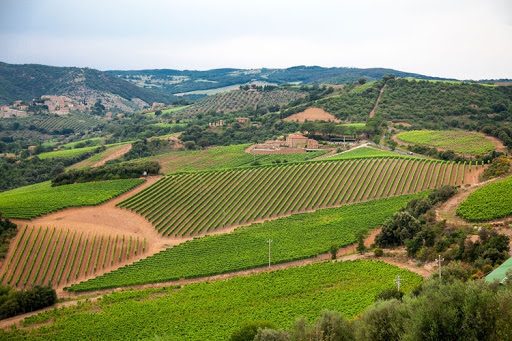This wine area is the most important and popular near Florence. The Chianti Classico region stretches from Florence to Siena, passing through unique landscapes and innumerable hills, slopes and poggi.
It is even known by the nickname of “Chianti-shire”, but I do think it is unfair to be called this and quite reductive.
Lets start.

We are talking about Chianti Classico https://www.chianticlassico.com/en/ and not any other Chianti area of Tuscany. In our region there are 9 different Chianti areas https://en.wikipedia.org/wiki/Chianti and this makes everything more difficult to understand when we talk about Classico.

This is the most important by far compared to the other Chianti regions.
The wineries in the Chianti Classico area number more than 500 spread through this incredible territory. Hills, vineyards and olive groves are tended to by artisans with their wise hands. These artisans have cared for and and modified the landscape, transforming it into a unique experience for your eyes and your palate. Historically this is the oldest and most important wine region of Tuscany, established even before the famous Brunello di Montalcino area. When you think about Wine in Tuscany, you think about Chianti Classico.
The Etruscan people settled in the area significantly earlier than the Romans and they started the first documented wine production. They were skilled in harnessing and understanding nature and did so with the Chianti Classico rolling hills.

It’s in the Dark Ages, though they weren’t too dark, that little villages grew in the Classico area. Romanesque churches and monasteries became important way points on the journey from Florence to Siena and vice-versa. Little by little, villages became great natural market places and castles were built upon the hilltops to surveil the roads and access points to the valleys. Monasteries and farmers started cooperating, producing extra virgin olive oil and wines. The wine became known for its quality in Florence and Siena. From there kings, queens, popes, bishops and important figures, started drinking a wine called Chianti that would go on to become the most important red wine in Tuscany, later known as Chianti Classico.
The beginning of the documented history was in the year 1716 when a specific law was published to protect the farmers and their product, Chianti Classico. The other 8 Chianti subregions for the basic wine were established much much later. To be distinguished from the other wine areas, the Consortium of producers added “Classico” to the original area’s name.
The majority of the Classico area is still covered by forest of oak, cypress and chestnut trees. Protecting the special micro-climate of the wine region and preserving its authenticity gives us the unique taste of Chianti Classico.
The climate is continental, without big thermal excursions and its famous rolling hills are between 200 and 800 meters in height. Chalky, stony, marly soils and clay form the slopes where vines and olive trees have found their perfect territory.
Farmers gave birth to this and it is on us to protect and keep our naturalistic treasures alive.
https://www.outoftheboxflorence.com/tour/the-great-chianti-classico-crossing/







